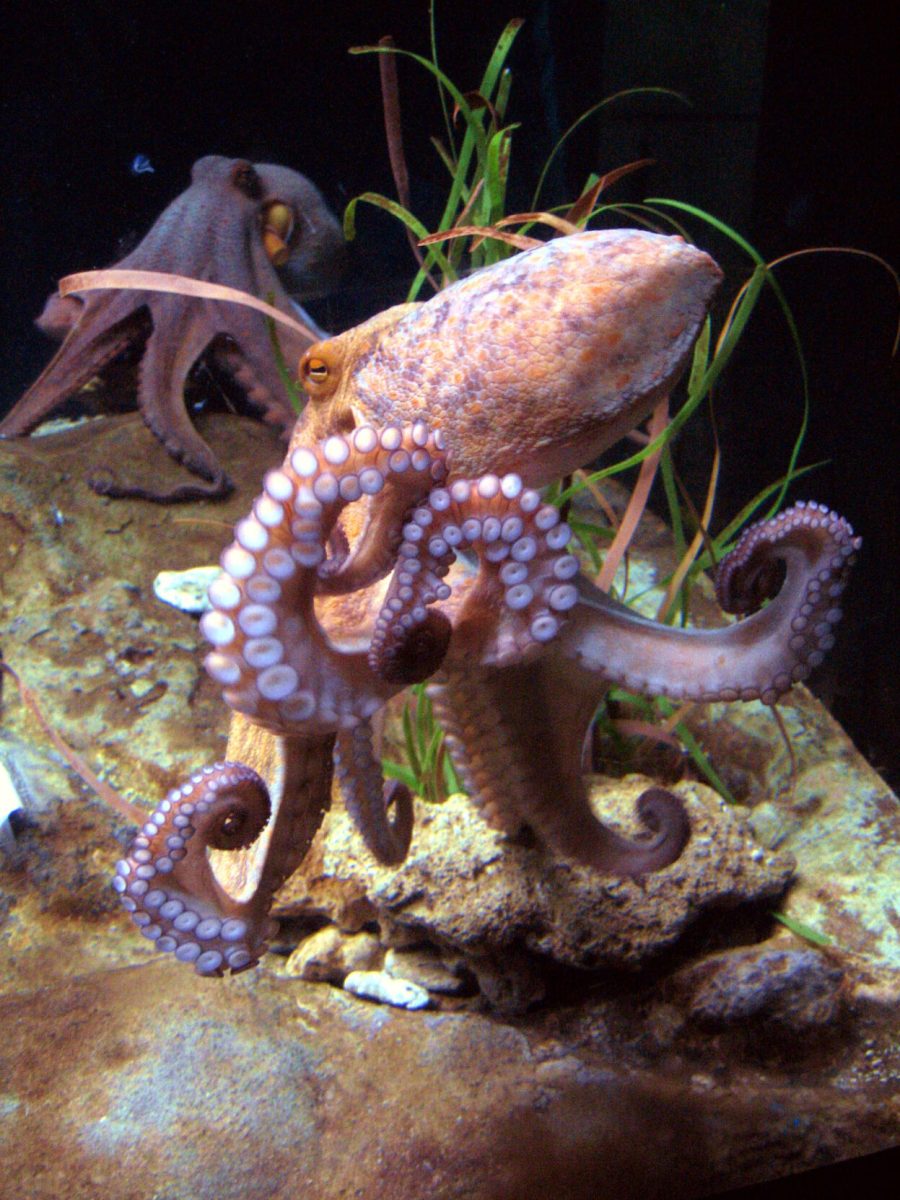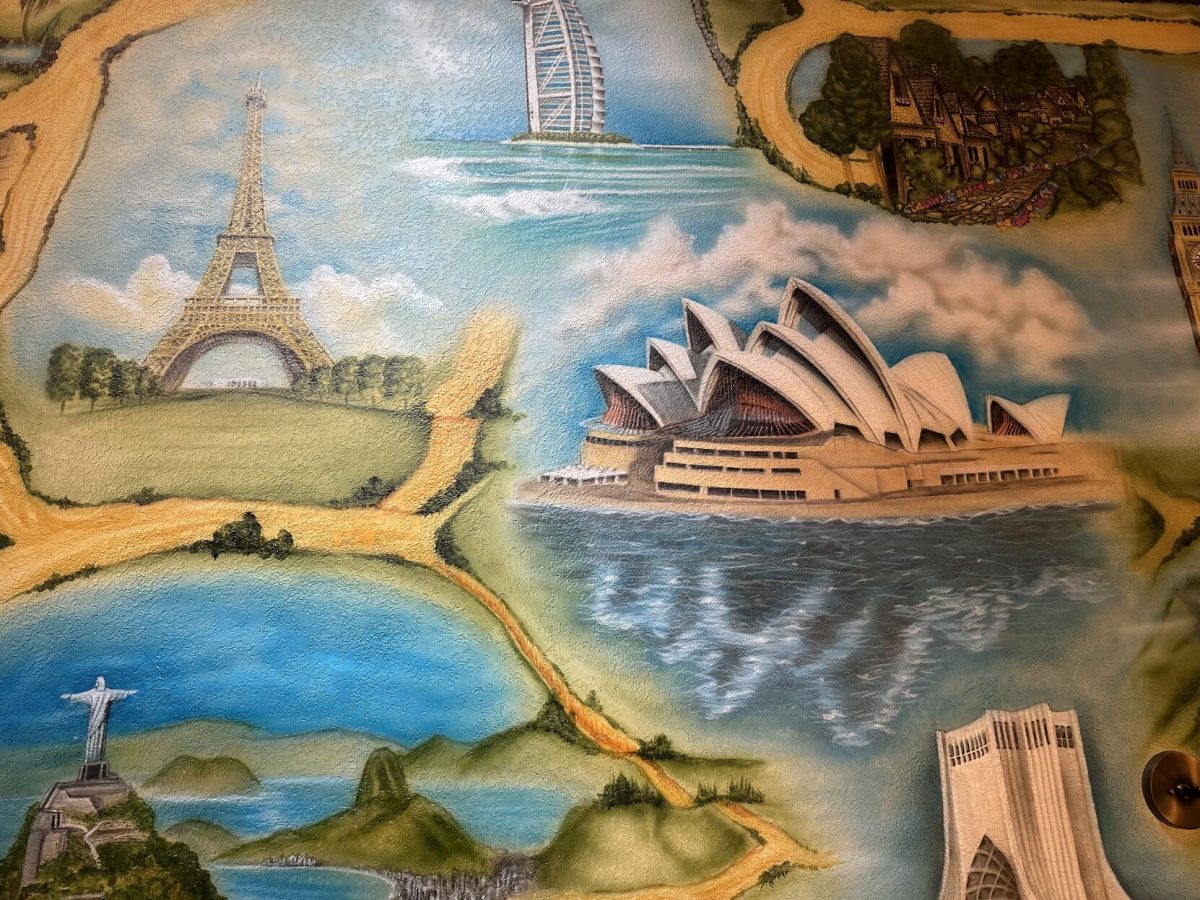From wooden peg legs to metal scraps to modern day hyper-realistic cyborg creations, prosthetics have changed in appearance over the centuries; the question is, what will they advance to in the future? The answer may lie at your local aquarium.
Bioengineers from Ohio State University and the Georgia Institute of Technology, as published in the Proceedings of the National Academy of Sciences, have invented a new prosthetic technology that mimics the movement of octopus tentacles; this technology is inspired by a specific type of origami called Kresling which allows the prosthetics to have different modes of multi-directional movement as well as stretchability.
The way the Kresling technology works is simple: material is folded into cylindrical shapes, and those shapes twist to condense or extend into any desired direction, like how an octopus can writhe and wrap around its targets. This twisting and folding is aided by magnets that give the plethora of possible morphs their strength and support.
The Kresling origami technique of folding is crucial to this technology because it creates many different planes to fold into or out of depending on the motion; think of the way a slinky flops from side to side when you jiggle it in your hand, or the way an accordion folds as it is played.
Current prosthetics tend to limit the mobility of the user, such as only being able to shrink, extend, or move in one direction, making them inferior in practicality in comparison to the Kresling prosthetics. Modern-day prosthetics are also typically heavy or wire-intensive in construction which restricts both mobility and flexibility. The Kresling technology combats this with a high degree of mobility and a lightweight frame due to its magnetized movement.
The future is bright for Kresling technology when it comes to opportunities for implementation outside of prosthetics. It can be used to create micro versions of the general prosthetic design for use in biomedical settings, such as in biopsies of small and inaccessible organs.
However, the tentacles of this technology reach further than the medical field, as it has potential to be used in electronic and aerospace engineering in the future as well. Much like a spirited octopus in a fish tank, there is no way the potential of this new technology can be contained!
Tigra scientifica aims to make primary scientific literature accessible to the general public. The column is written by the students of Dr. Lesly Temesvari’s Popular Science Journalism course, BIOL 4940.
Categories:
Tigra scientifica: From tentacles to prosthetics
Abagail Goff, Contributor
November 23, 2021
0
Donate to The Tiger
Your donation will support the student journalists of Clemson University. Your contribution will allow us to purchase equipment and cover our annual website hosting costs.
More to Discover















